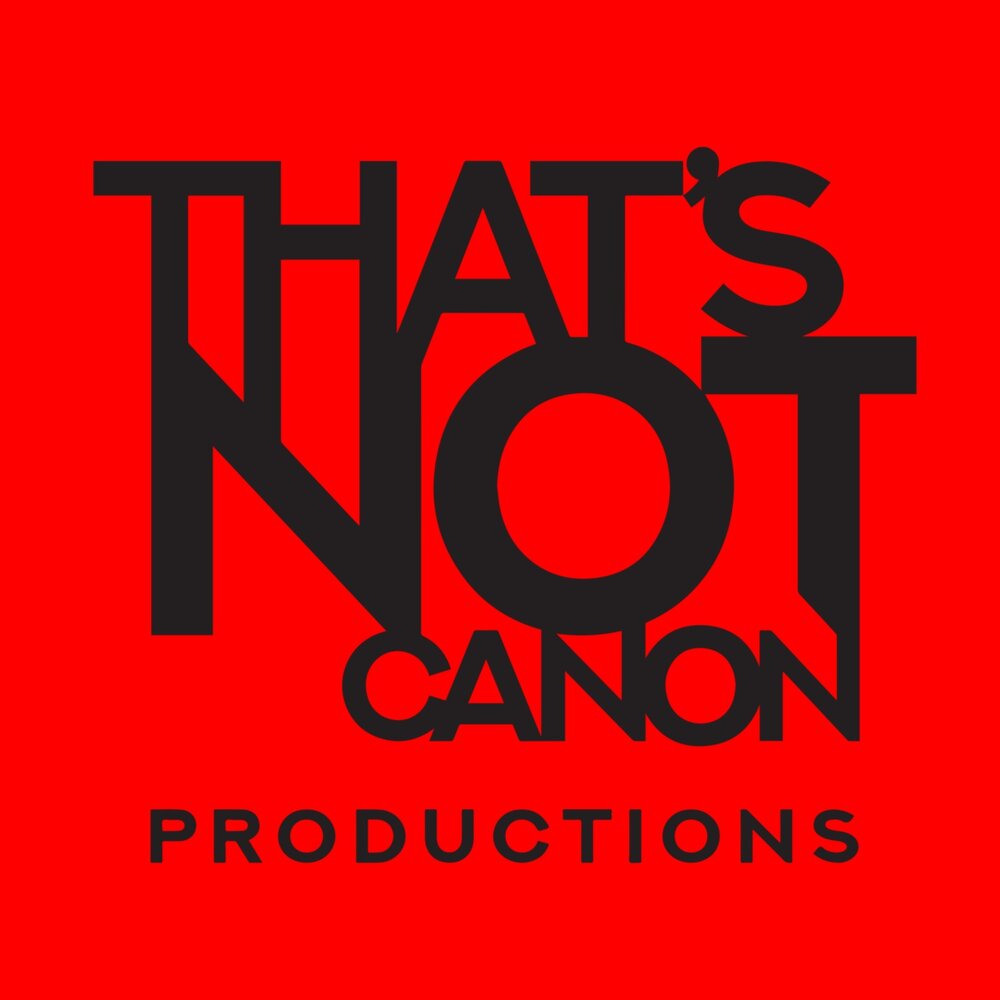Hello again linguisticians! Let us all pause for a moment to consider the wondrous shape of the word we shall be exploring today, Wobbegong. Isn’t it just delightful?
The Wobbegong refers to any of a number of species of Australian shark, a carpet shark specifically. The name can refer to any of eight species of bottom-dwelling carpet sharks in the Orectolobidae family, distinguished by their small vegetation-like flaps of skin around their mouth.
Wobbegongs are generally not considered dangerous to humans, but have been known to have attacked swimmers, snorkellers and divers who inadvertently came too close to them. The Australian Shark Attack File contains more than 50 records of unprovoked attacks by wobbegongs, and the International Shark Attack File 28 records none of them fatal.
Wobbegongs are very flexible and can easily bite a hand holding onto their tail. They have many small but sharp teeth and their bite can be severe, even through a wetsuit; having once bitten, they have been known to hang on and can be very difficult to remove.
More upsettingly, while there are a few records of Wobbegongs attacking unprovoked, there are many more instances of unprovoked attacks on wobbegongs: in Australia, the flesh of wobbegongs and other shark species is called flake and it is often the "fish" component of fish and chips. An, in fact, Wobbegong skin is also used to make leather.
Now the word Wobbegong is believed to come from an Australian Aboriginal language, meaning "shaggy beard", referring to the growths around the mouth of the shark of the western Pacific. First recorded in 1850–55. And while credit is given to an Australian Aboriginal language, nobody seems quite sure which one.
Isn’t language wonderful?
Written by Taylor Davidson, Read by Zane C Weber
Subscribe to us on ITUNES, STITCHER, SPOTIFY, or your podcatcher of choice.
Find us on FACEBOOK or TWITTER
Become a Patron of That’s Not Canon Productions at Patreon!
Email us at Grandiloquentspodcast@gmail.com

